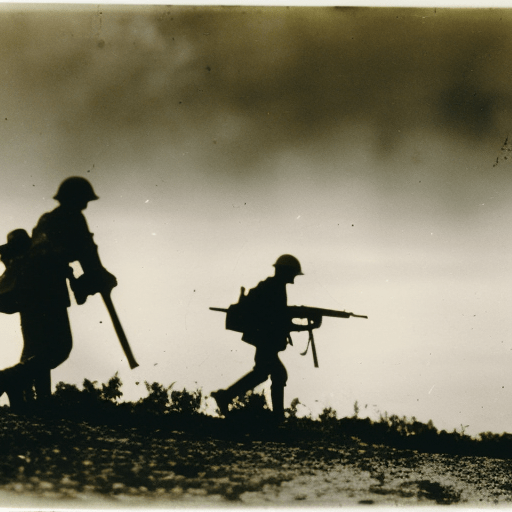Summary:
World War I, which lasted from 1914 to 1918, was a global conflict that involved many nations. It began with the assassination of Archduke Franz Ferdinand of Austria-Hungary by a Serbian nationalist in June 1914 and quickly escalated into a full-scale war. The war was fought primarily in Europe, but it also spread to other parts of the world, including Africa, the Middle East, and Asia. The main belligerents were the Allied Powers, which included France, Russia, and the United Kingdom, and the Central Powers, which included Germany, Austria-Hungary, and the Ottoman Empire. The war resulted in significant loss of life and had far-reaching political, social, and economic consequences.
Causes of World War I:
Several factors contributed to the outbreak of World War I. These included nationalism, imperialism, militarism, and a complex system of alliances. Nationalism, which was the belief in the superiority of one’s own nation, led to intense competition between European powers. Imperialism, the policy of extending a nation’s power and influence through colonization, created tensions as countries vied for control of territories. Militarism, the glorification of military power, led to an arms race between nations. The system of alliances, where countries agreed to support each other in case of war, created a delicate balance of power that could easily be disrupted.
Major Events:
The war can be divided into several major events. In 1914, Germany invaded Belgium and France, leading to the Battle of the Marne, which halted the German advance. In 1915, the Allies launched a failed campaign at Gallipoli to open up a supply route to Russia. In 1916, the Battle of Verdun became one of the longest and bloodiest battles of the war. In 1917, the United States entered the war on the side of the Allies, tipping the balance in their favor. In the same year, the Russian Revolution led to the collapse of the Russian Empire and its withdrawal from the war. In 1918, the Allies launched a series of offensives that eventually led to the Armistice of November 11, 1918, ending the war.
Consequences:
World War I had far-reaching consequences. The war resulted in the deaths of millions of soldiers and civilians, causing immense human suffering. It also led to significant political changes. The Russian Revolution, inspired in part by the war, led to the establishment of a communist government in Russia. The collapse of the German, Austro-Hungarian, and Ottoman Empires created a power vacuum in Europe and the Middle East. The Treaty of Versailles, signed in 1919, imposed harsh terms on Germany, leading to resentment and setting the stage for future conflicts.
Legacy:
World War I had a profound impact on the world. It shattered the illusion of progress and brought about a sense of disillusionment. The war also led to advancements in technology and warfare, such as the use of tanks, airplanes, and chemical weapons. It changed the geopolitical landscape, redrawing borders and creating new nations. The war also paved the way for future conflicts, including World War II. Overall, World War I was a devastating event that reshaped the world and had lasting effects on politics, society, and international relations.












